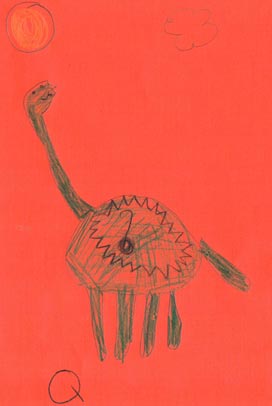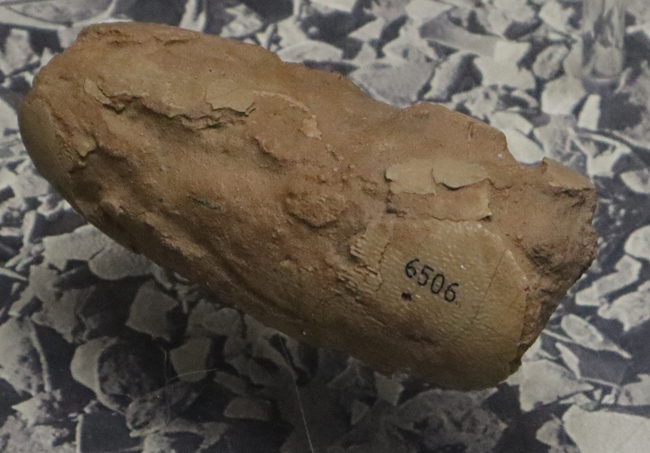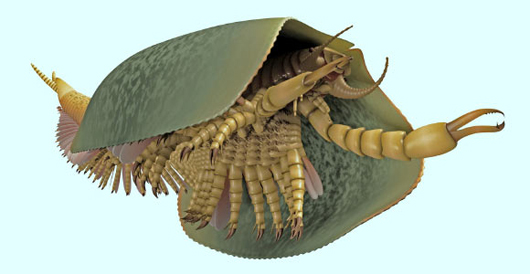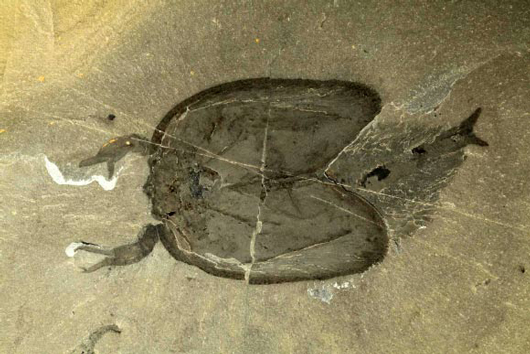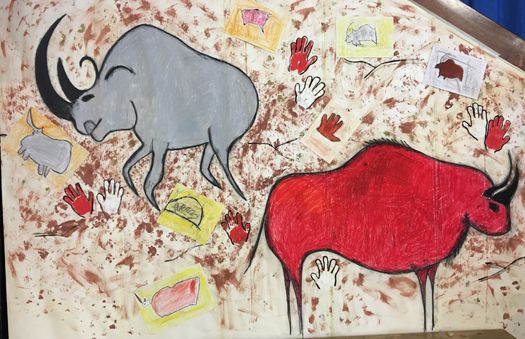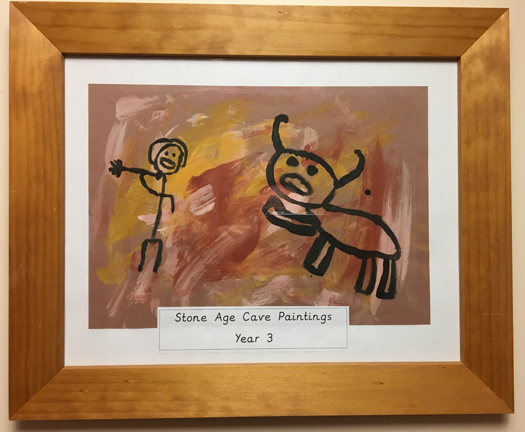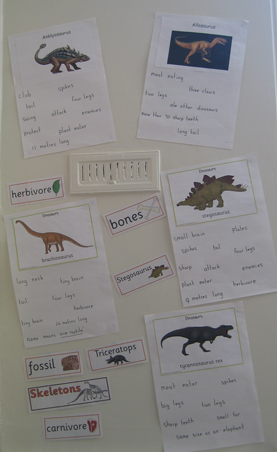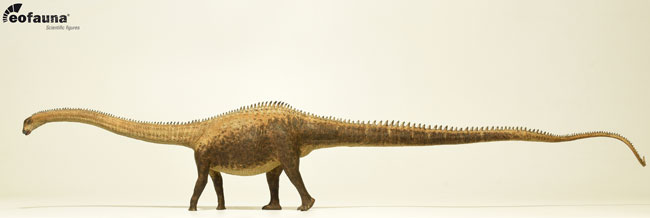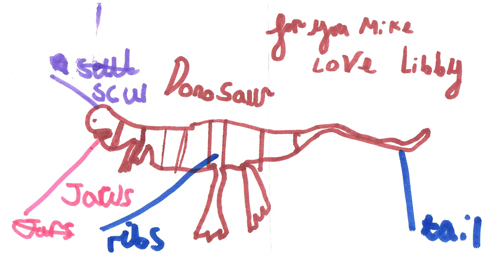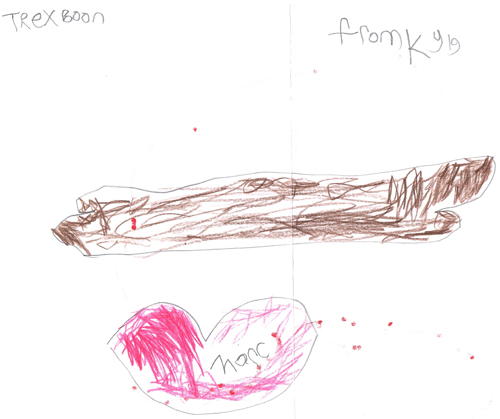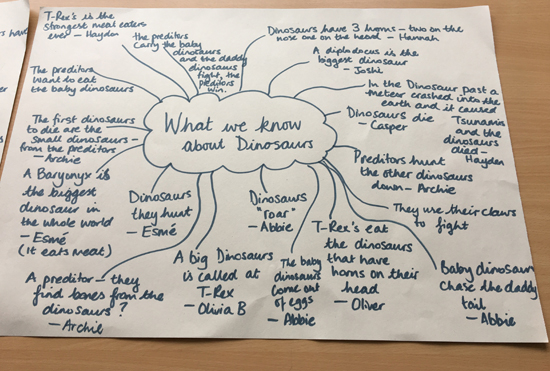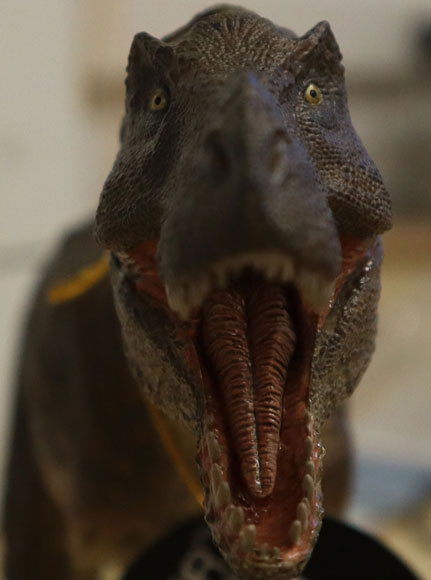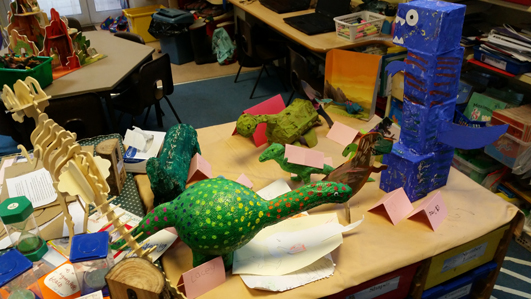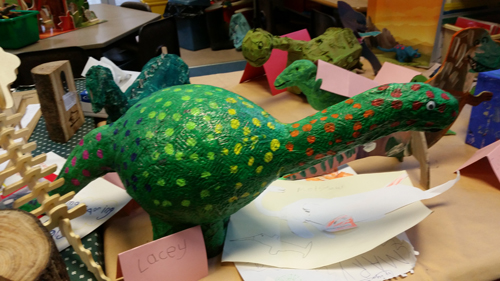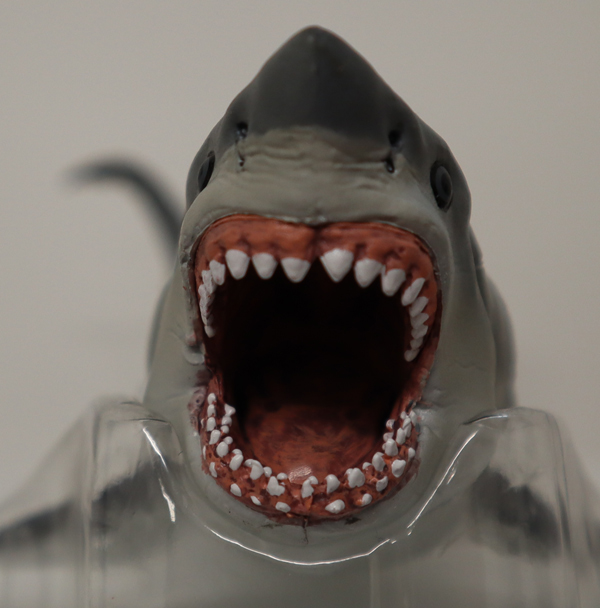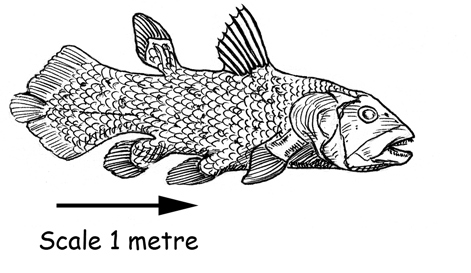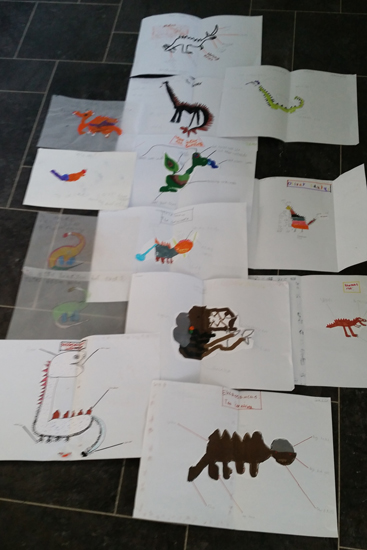Articles and blog posts that examine general teaching topics and school activities.
Unique Long-necked Dinosaur Drawings
Children Draw Long-necked Dinosaurs
When visiting schools to conduct our dinosaur and fossil themed workshops we often get told about the children’s favourite dinosaurs. Meat-eaters such as Tyrannosaurus rex, Velociraptor and Spinosaurus tend to be the most popular, but not too far behind come some of the iconic plant-eaters, especially the super-sized, long-necked giants like Apatosaurus, Brontosaurus, Brachiosaurus and Diplodocus. It is a pleasure to receive pictures from children, who have taken the trouble to send in a drawing of their favourite dinosaur.
A Long-necked Dinosaur Drawing (Reception-aged Child)
Picture credit: Everything Dinosaur
Plant-Eating Dinosaurs Inspire Extension Ideas
During our dinosaur and fossil themed workshops, we take the opportunity to develop a number of ideas and activities that can be used as extensions to help support learning. These extension ideas could involve a numeracy related activity, or have a literacy focus such as helping to develop the children’s vocabulary. One of our favourites, is to propose a simple drawing activity which entails drawing a big long-necked prehistoric animal. This dinosaur themed drawing exercise links to the expressive arts and design element of the curriculum, involving children exploring and playing using a wide range of materials and media.
These activities encourage young learners to share their feelings, thoughts and ideas via a variety of art themed exercises.
Dinosaurs Laid Eggs – An Idea Reinforced Through a Drawing Activity
Picture credit: Everything Dinosaur
The picture above shows a fossilised dinosaur egg. During our dinosaur workshop, we showed the class pieces of fossilised dinosaur eggshell and explained that as far as we know, dinosaurs laid eggs, just like their close relatives the birds. An extension activity involving a drawing exercise has helped reinforce this aspect of the term topic – that dinosaurs laid eggs.
An Illustration of a Brachiosaurus
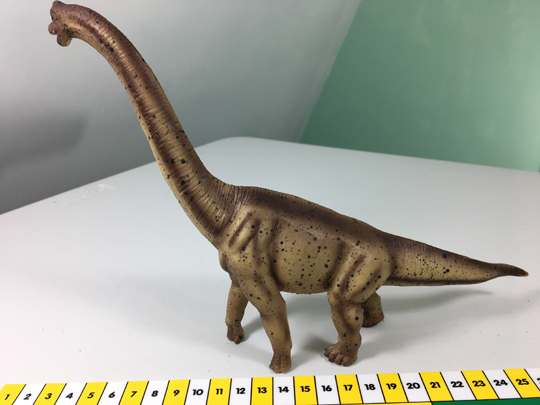
The new for 2020 Mojo Fun Brachiosaurus dinosaur model measures around 25 cm long and that detailed head stands nearly 18 cm high. Picture credit: Everything Dinosaur.
Picture credit: Everything Dinosaur
The picture (above) shows a Brachiosaurus dinosaur model. It is from the Mojo Fun model range.
View Mojo Fun dinosaur models: Mojo Fun Dinosaur Models.
Brachiosaurus “Arm Lizard”
Brachiosaurus “arm lizard”, is one of the most popular long-necked dinosaurs. Children love the idea that a fully grown Brachiosaurus could see into the windows of a three-storey high building. It’s all those amazing facts and figures, the budding palaeontologists seem to be able to absorb them like a sponge taking up water.
For further information about Everything Dinosaur’s work: Contact Everything Dinosaur.


